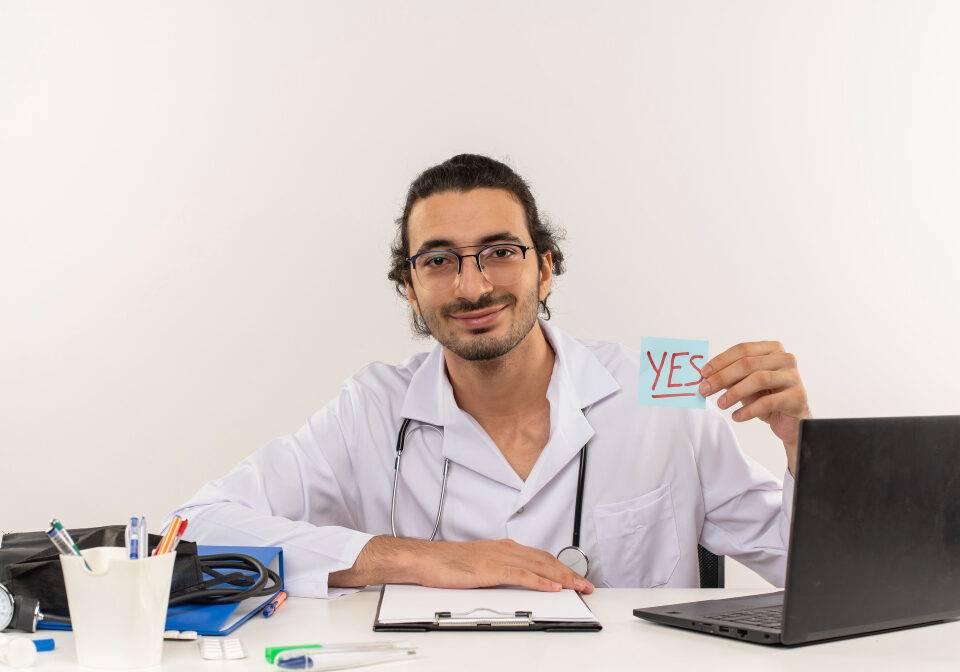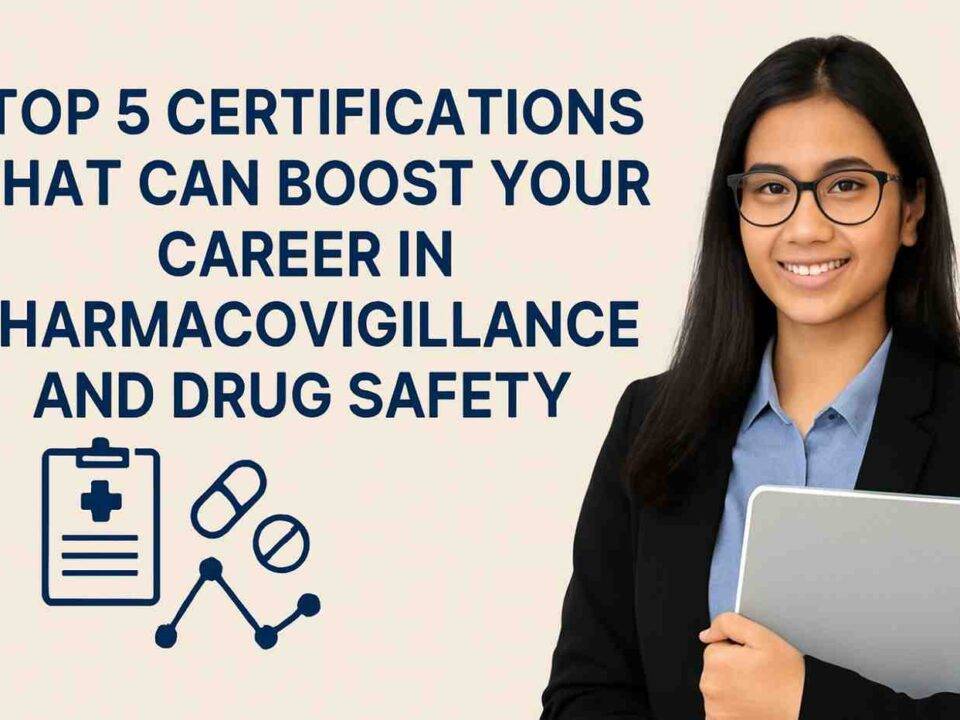Pharmacovigilance or drug safety is the discipline in clinical research that deals with assessing, monitoring, and reporting whether pharmaceutical products being tested for human medical use are safe for future consumption.
Taking up a career in pharmacovigilance has become prominent lately due to the establishment of strict laws by regulatory agencies around the world such as the US Food and Drugs Administration for instance.
A career in the pharmacovigilance field requires both formal education and experience. Job seekers in this field are expected to hold a bachelor’s degree in life sciences, nursing, pharmacy, or a medical degree leading to a job as a physician. A master’s degree will increase the career prospects and make a potential candidate more employable.

Experienced candidates are sought after in this field rather than fresh graduates, but there is a paucity of opportunity to get training and experience in pharmacovigilance. One needs to proactively seek out opportunities to get any form of experience and must ensure that such experience, whether it is direct or indirect, is mentioned in the resume before applying for a drug safety role in a larger organization.
A new entrant to the pharmacovigilance discipline begins at a position of a drug safety associate, officer, scientist, or a coordinator. Such a role mostly involves processing case studies related to monitoring and reporting adverse events in testing new drugs. Upon gaining further experience, they advance to senior specialty roles with in-depth knowledge in a specific area. However, drug safety physicians begin their pharmacovigilance careers as technical specialists who are already well versed with drug safety and aspects of medicine.
Aspirants to the drug safety field also need to assess whether they “fit” or can adapt to the dynamic nature of work. They need to be able to know English, preferably up to the skill of a native English speaker. This is because, the role of a drug safety associate dealing with case study processing requires abilities to read reports, assess, create, and report multiple files. Knowledge in other languages used in different regions is not a prerequisite but will be of immense help in interacting with clinical researchers and hospital staff when traveling to a different country and getting clinical trial data from there.
There are two lines of progress that a professional can aspire to advance their career in pharmacovigilance.
- Case study process work
- Technical work
Most pharmacovigilance professionals begin in the case study position and most are not physicians. They require a basic life science degree. Nurses or pharmacists can aspire to enter this field since they are ideally equipped to work in this field with their existing qualifications and experience. The work in this line of pharmacovigilance does not require in-depth medical knowledge like in the technical line.
The technical line of work in the pharmacovigilance field offers jobs such as senior pharmacovigilance scientists, risk management specialists, and senior vigilance managers. For non-physicians who enter the pharmacovigilance field, progressing along this line of work will be difficult due to intense competition for limited positions and lack of opportunities in gaining experience in medical aspects of drug safety.
Finally, with respect to remuneration, drug safety professionals can expect around an average annual pay of $67,000 at the entry level. This can rise to more than $100,000 after around 8-10 years of experience.
Join Now and Become a Drug Safety and Pharmacovigilance Speciality!



